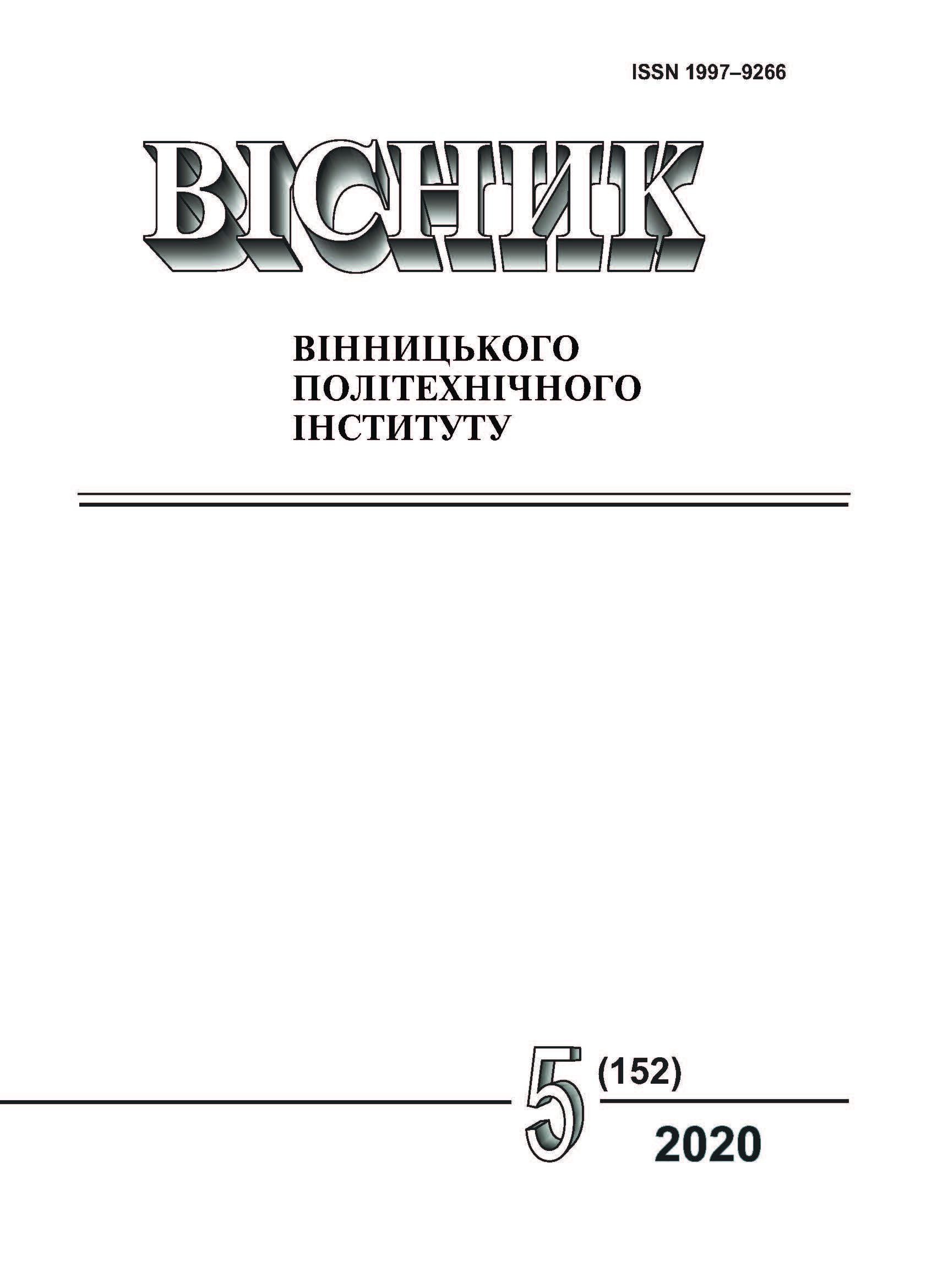Increasing Tightness and Environmental Safety of Npp Pump Seals
DOI:
https://doi.org/10.31649/1997-9266-2020-152-5-89-96Keywords:
NPP pumps, mechanical seals, impulse seals, sealing systemAbstract
The determining factor for NPP pumps is safety, as well as the maximum sealing capacity, which imposes additional conditions when choosing the type of seal. Mechanical seals are widely used in pumps in nuclear power plants. The processes occurring at the junction of the contacting end surfaces of a seal in various operating modes are described. Cooling and safety pumps systems that pump radioactive media are subject to requirements, some of which can only be met with the use of special designs. On the basis of mechanical seals, new types of seals have been created, in which the sealing belts are unloaded and operate with a small gap in friction modes close to liquid: hydrodynamic and thermohydrodynamic seals. The principle of operation of thermohydrodynamic seals is based on the use of the deformation of the rings under the force of thermal stresses in the contact zone. At high pressure differentials and rotation speeds, when a long life is required and small leaks are allowed, seals with a continuous liquid film are used - hydrostatic seals. Impulse mechanical seals are self-adjusting non-contacting seals and are an alternative to hydrostatic and hydrodynamic non-contacting mechanical seals. Impulse mechanical seals with self-adjusting gap have a number of advantages over conventional mechanical seals and non-contacting hydrostatic and hydrodynamic mechanical seals. Seals with impulse balancing of the axially moving ring during the rotation of the shaft ensure contactless operation with low leaks, and during standstill — complete tightness. Examples of industrial application of impulse seals in pumping equipment of nuclear power plants were given.
References
В. А. Марцинковский и С. С. Шевченко, Насосы атомных электростанций: расчет, конструирование, эксплуатация. Сумы, Украина: ЧФ «Издательство «Университетская книга», 2018.
В. А. Мельник, Торцевые уплотнения валов: справочник. Москва, РФ: Машиностроение, 2008.
J. Gaft and M. Marcinkowski, “A choice of the seal for the shaft of the pump,” in Pump Users International Forum, 2004, pp. 29-30.
S. Błasiak and C. Kundera, “A numerical analysis of the grooved surface effects on the thermal behavior of a non-contacting face seal,” Procedia Engineering, vol. 39, pp. 315-326, 2012. https://doi.org/10.1016/j.proeng.2012.07.037.
S. Adamczak, C. Kundera, and J. Swiderski, “Assessment of the state of the geometrical surface texture of seal rings by various measuring methods,” IOP Conference Series: Materials Science and Engineering, vol. 233, no. 1, p. 012031, 2017. https://doi.org/10.1088/1757-899X/233/1/012031.
S. Shevchenko and A. Chernov, “Development of pulse mechanical seal calculation methods on the basis of its physical model construction,” Eastern-European J. Enterp. Technol., vol. 3, no. 2 (105), pp. 58-69, 2020. https://doi.org/10.15587/1729-4061.2020.206721.
J. Gaft, V. Martsinkovskyy, B. Gromyko, and A. Zahorulko, “Design and calculation of mechanical seals with self-adjusting clearance,” in Proc. XVII Int. Conf. on Fluid sealing, BHR Group, York, England, 2003, pp. 505-520.
V. Martsynkovskyy, A. Zahorulko, S. Gudkov, and S. Mischenkod, “Analysis of buffer impulse seal,” Procedia Engineering, vol. 39, pp. 43-50, 2012. https://doi.org/10.1016/j.proeng.2012.07.006.
A. Zahorulko, C. Kundera, and M. Gaft, Theoretical and experimental investigations of buffer face impulse seals, 2012, https://doi.org/10.13140/RG.2.1.4062.9204.
Downloads
-
PDF (Українська)
Downloads: 275
Published
How to Cite
Issue
Section
License

This work is licensed under a Creative Commons Attribution 4.0 International License.
Authors who publish with this journal agree to the following terms:
- Authors retain copyright and grant the journal right of first publication.
- Authors are able to enter into separate, additional contractual arrangements for the non-exclusive distribution of the journal's published version of the work (e.g., post it to an institutional repository or publish it in a book), with an acknowledgment of its initial publication in this journal.
- Authors are permitted and encouraged to post their work online (e.g., in institutional repositories or on their website) prior to and during the submission process, as it can lead to productive exchanges, as well as earlier and greater citation of published work (See The Effect of Open Access).





